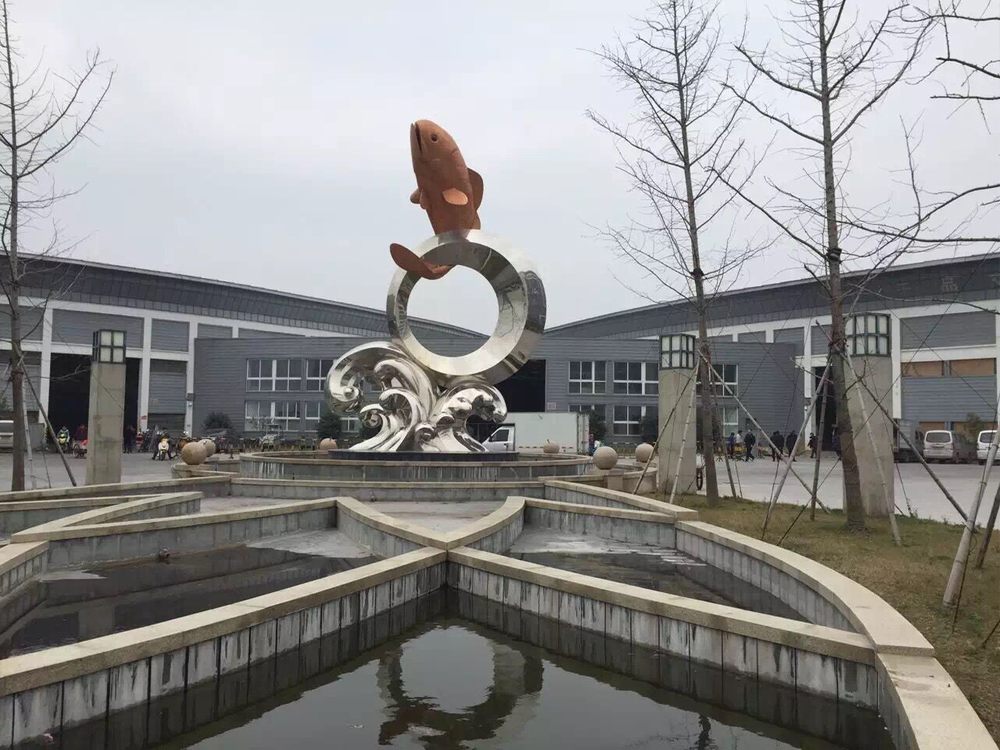
Porcelain sculptures, traditionally admired for their delicate beauty, are evolving into dynamic art forms as contemporary artists experiment with sound and kinetic elements. By embedding small chimes, bells, or even electronic sound modules within the clay, artists transform static pieces into auditory experiences. The hollow nature of porcelain allows sound to resonate uniquely, creating ethereal tones when touched or moved.
Kinetic elements are introduced through carefully balanced components or hidden mechanisms. Some artists use wind or water to set sculptures in motion, while others incorporate hand-cranked gears or magnetic levitation for interactive engagement. The fragility of porcelain contrasts strikingly with movement, adding tension and intrigue.
Techniques like slip-casting and 3D printing enable precise engineering of moving parts, while glazes and textures enhance sensory appeal. This fusion of traditional craftsmanship and modern innovation pushes porcelain beyond decorative art, inviting viewers to listen, touch, and participate in the sculpture’s narrative.

